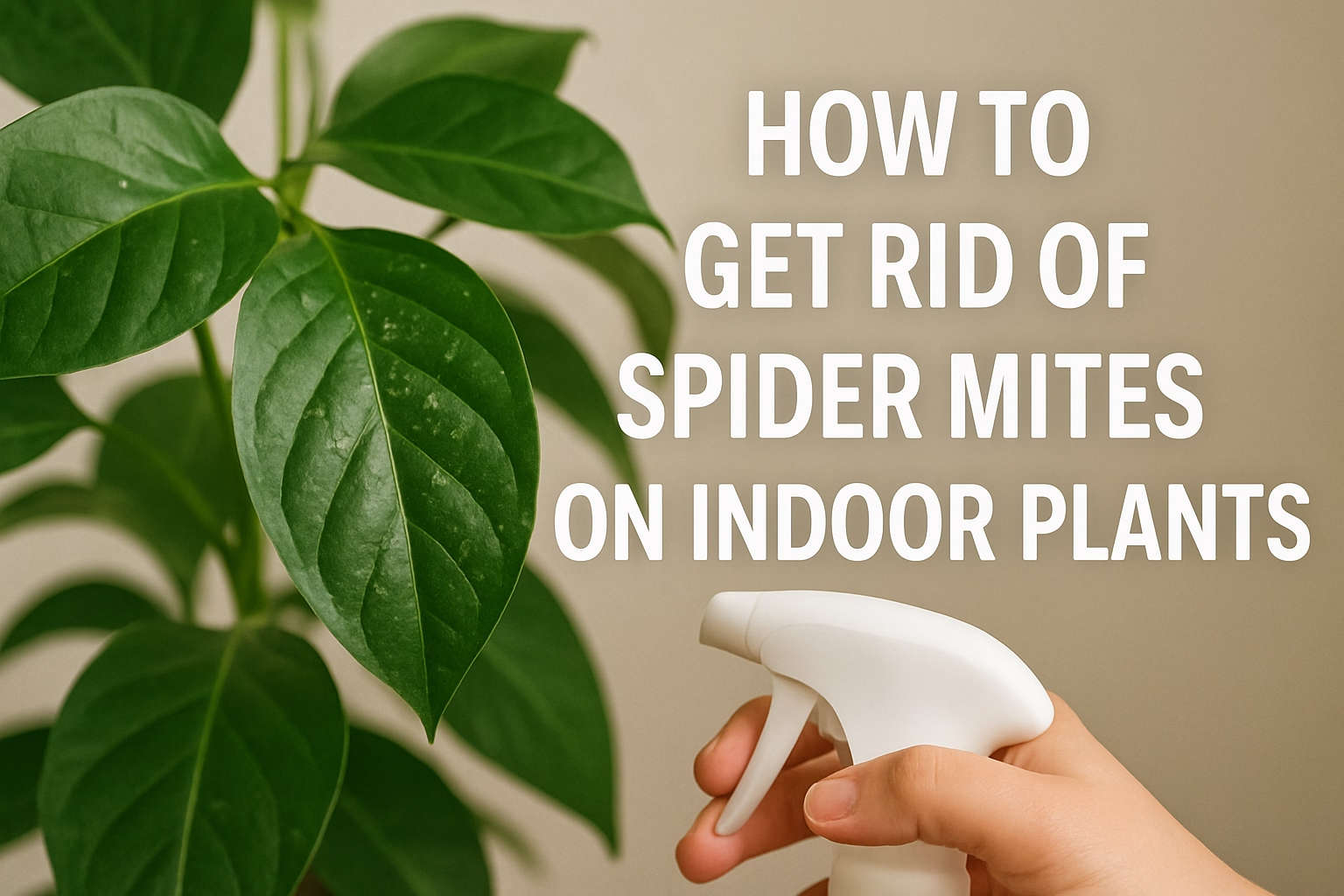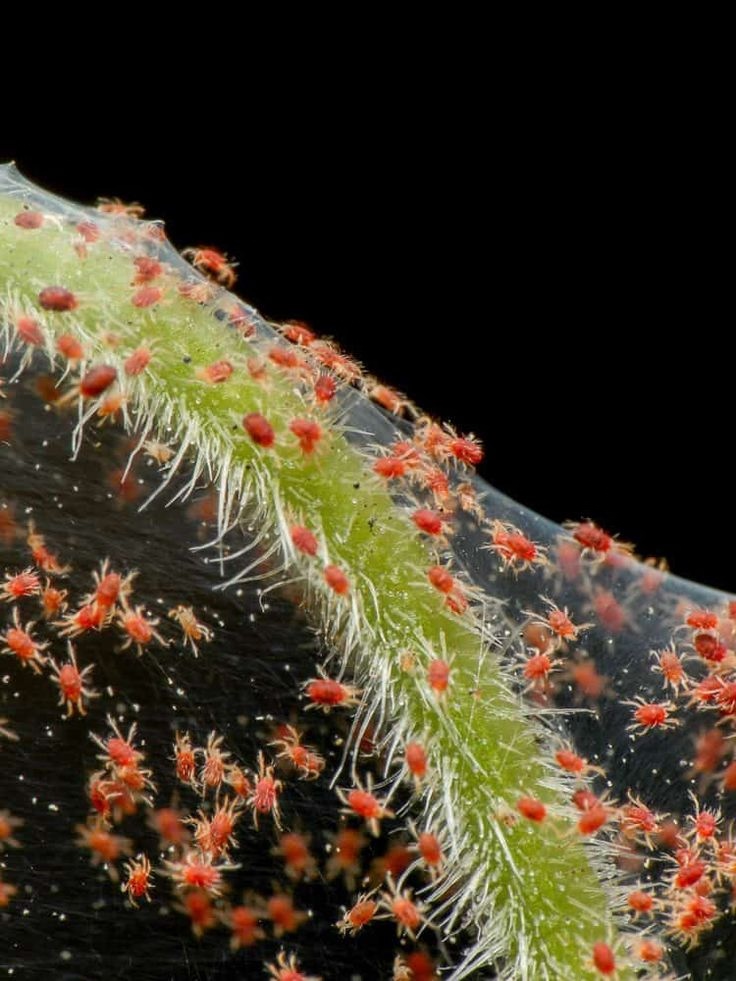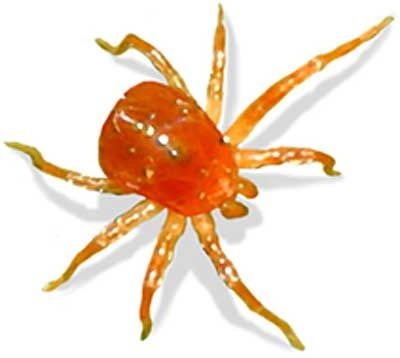
How to Get Rid of Spider Mites on Indoor Plants
In this article, we are gonna talk about one of the most deadly pests in the garden: spider mites. This is a pest that can absolutely decimate your garden. It can be very hard to see and very discouraging when you actually do get them. I’ve had them on my bean crops before, my house plants, as well as some indoor hydroponic grows.
So I’m gonna toss it up to Chris in Vancouver BC to give you everything you need to know to understand, prevent, and control spider mites. Hey, it’s Chris, and if you are like me and you are moving some plants around the house, the greenhouse, or in the garden and you are noticing some fine webbing along the leaves and the stems of your plants, then you’re probably looking at signs of spider mite.
Unfortunately, by the time our eyes can see this really fine webbing, there are likely multiple generations of this tiny arachnid all over our plants. If you’re also seeing bronzing or this weird shiny discoloration on the leaves, then the infestation is probably already quite severe.
Spotting Spider Mites on Indoor Plants

Spider mites are a pest that can be found on all sorts of crops around the world, and they can be tricky to control if we don’t understand the environmental conditions that they like. So, in today’s article, we are going to learn how to get rid of spider mites on indoor plants by spotting, controlling, and preventing them so that they don’t do any damage to your plants.
These itty-bitty pests are very small. They are about 1/50 of an inch in size. Despite that really small size, they can do really great damage due to their population and the fact that they can reproduce quite successfully in a short amount of time. The average lifecycle can be less than two weeks.
Imagine they go from colorless eggs to the larval stage and two nymph stages, and then moving on to the adult stage all within two short weeks, if not less, if the conditions are favorable. Earlier, I was taking a look at this plant and I noticed some fine webbing along the stems. So I pulled out my jeweler’s loupe or my hand lens to see if I could spot the two-spotted spider mite, which is the more common one that we see in our gardens, and on our house plants and greenhouse plants.
Identifying Two-Spotted Spider Mites
The two-spotted spider mite is usually oval in shape and they are pale green in coloration, and they’ve got these two dark spots on their side. Because they’re so small, we can’t see this feature, but they have a piercing mouth part that goes into the plant and sucks out the juices of the cells, and that’s how they feed.
This feeding activity does the most damage to our plants. Spider mites affect a wide range of plants, including house plants, as well as garden plants, especially raspberries, melons, cucumbers, beans, roses, as well as fruit trees. One of these symptoms or clues that we may be dealing with spider mite is when you see this stippling or dotted appearance on your plant’s leaves.
When the stippling is quite extensive, the plant will take on this bronzing shimmery yellow look, and this discoloration happens because those spider mites, remember, they are drinking those cells dry. When it gets really bad, a lot of the leaves will start to turn brown and will likely drought.
Recognizing Severe Infestations
Upon closer inspection of your bronze plant, you may be able to spot signs of spider mite. Now, remember, spider mites are quite small and you probably won’t be able to see them with your naked eye, but usually along the stems and underneath the leaves, you may be able to spot this fine webbing, and that’s a sure sign that we’re dealing with spider mite.
If the infestation gets bad enough, then the plant will fail and likely die. If we’ve confidently identified spider mites as being the culprit for the overall decline of your plant, then we can start narrowing down on the methods and the products to use to control these little tiny arachnids.
How to Get Rid of Spider Mites on Indoor Plants

For lighter infestations or for indoor plants, you can try using a homemade soapy water and rubbing alcohol solution. So you wanna put that in a spray bottle, spray down your leaves and the stems, and use a cloth and really wipe down all of the surfaces as best as you can. Maybe even get a cotton swab and just get into those little nooks and crannies where the spider mites are likely hanging out.
With this gentler method, you do have to be more diligent with trying to remove all of the different generations. So multiple repeat applications is definitely a must. If the soapy alcohol spray doesn’t seem to be that effective or if the infestation is actually pretty bad and you are set on saving that plant, then you may need to look into chemical controls products, such as insecticidal soap, neem oil, and horticultural oil.
Using Chemical Controls Safely
Between these products, the oils will do a much better job with reducing the population because they are able to smother the eggs. So, that will greatly reduce the population of the next generation. Now, I do want to mention that these broad spectrum insecticides have the ability to affect more than what we are trying to target.
So we may be thinking, “Okay, spider mites on this plant, I’m gonna spray all over.” But, if we notice here, there are some flowers, and if pollinators come and they come into contact with the product, they will likely die because we have this insecticide on this plant. So, really, the best time to apply your product is towards the end of the day, and that’s generally when we see a lower activity level with the insects in our gardens.
With these flowers, you wanna make sure that you never get any product on the flowers. Because, as I mentioned, pollinators will be touching these parts of the plant. Although there are some biological controls that you can purchase, some, like the predatory mite phytoseiulus persimilis, is a tropical creature.
Supporting Natural Predators
So first, I would need to create the conditions for it to thrive and stay alive before it can actually be effective against spider mites. So I’m thinking there’s probably a better way, and there actually is. If you don’t wanna go the chemical control route, you can look into supporting green lacewings by growing plants outside.
The green lacewing has very voracious larva that can greatly reduce the outdoor populations of spider mite. Some plants that you can pamper throughout your garden to add beauty and also support the green lacewing population include ones that belong to the carrot or Apiaceae family or the daisy or Asteraceae family, especially those that have the small flowers clustered more or less in a flat-top shape.
So, let’s picture the fennel or cilantro, dill that have flowered, and also Queen Anne’s lace. And let’s not forget about cosmos, echinacea, and yarrow. So let’s step back a bit and think about how to get rid of spider mites on indoor plants by preventing them from entering our homes in the first place.
Preventing Spider Mites on Indoor Plants
Now, remember, with their small size, it’s really hard for us to detect them when we’re picking up plants in the nursery or at the store. Even if we don’t find the webbing along the undersides of the leaves, or even if you have a jeweler’s loupe, it’s sometimes really hard to tell if spider mites are there, especially the egg stage.
So, we can never really be truly confident that there’s no spider mite on our plants, but there are some things that we can do. First, we can select plants that are less susceptible to spider mites. So if we’re thinking about indoor tropicals, for example, the finer-leaved palms are usually more susceptible to spider mites because they have a lot of nooks and crannies between all of their small foliage where they like to hang out.
So, I mean, A, it’s really hard to detect them when you’re purchasing the plant and B, once the plant is infested with spider mite, it’s actually quite difficult to clean. Instead, you can opt for larger-leaved plants. This way, it’s easier to spot any symptoms or signs of spider mite at the store and not bring them home.
Choosing Resistant Plants
And B, if you do have them at home, it’s easier to clean them and wipe them and really just keep an eye on them on a more regular basis. So let’s say you purchase this plant and it looks wonderful as far as your eyes can tell, what we wanna do next is isolate the plant away from all others whether they are going outdoors or indoors.
This is because spider mites, because they’re so small, they are easily picked up through the wind or brushed up onto our clothes and spread to other plants. So we don’t wanna be spreading them that way. So I would say isolate them for at least one lifecycle of the spider mite, which is roughly 14 days.
After that period, you can introduce them to your garden or your indoor collection, but, still, monitor for the symptoms and signs of spider mite just in case. This next point is key and probably the biggest takeaway when it comes to preventing spider mites, and that is to understand the conditions that they thrive in and reproduce really quickly in, and then don’t give it to them.
Managing Environmental Conditions
The combination of dry and hot is what they like, and this is especially true in sunrooms and also greenhouses. So what we can do is actually increase the humidity around our plants, and this can be easily and safely done through a humidifier or a spray bottle filled with water for your indoor collection.
For outdoor plants, you can use a hose on a mist or spray setting and just spray your plants and also the surrounding areas to really up that humidity. If you make the space inhospitable to the spider mites, they’re not gonna wanna hang around. There you have it. Everything you need to know about how to get rid of spider mites on indoor plants.
Drop in the comments the pest that is giving you the most problems in your garden this year. We’re gonna be doing a lot more of these guides. But, for now, let’s enjoy these incredible hollyhocks, my first time growing in this season. Good luck in the garden, and keep on growing.